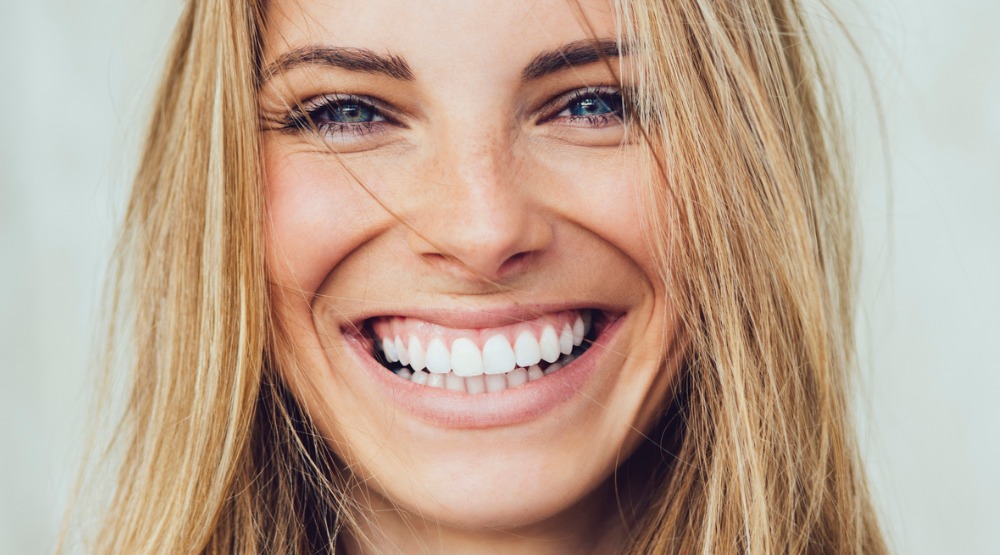The weather’s cooling off across most of Australia, and for many rosacea sufferers that means the onset of some unsightly and irritating skin symptoms. Often mistaken for acne or sensitive skin, rosacea affects approximately 5 out of 100 people, although estimates vary from .9% of general populations in some countries to as high as 22% in others. Here’s our quick take on what it is, how to spot it and how to treat it.
WHAT IS IT?
The National Rosacea Society writes “Rosacea (pronounced “roh-ZAY-sha”) is a chronic but treatable condition that primarily affects the central face, and is often characterized by flare-ups and remissions. Although rosacea may develop in many ways and at any age, patient surveys indicate that it typically begins any time after age 30 as flushing or redness on the cheeks, nose, chin or forehead that may come and go. Studies have shown that over time the redness tends to become ruddier and more persistent, and visible blood vessels may appear. Left untreated, inflammatory bumps and pimples often develop, and in severe cases — particularly in men — the nose may grow swollen and bumpy from excess tissue. In as many as 50 percent of patients the eyes are also affected, feeling irritated and appearing watery or bloodshot.”
The four subtypes (which can overlap) are erythrotelangiectatic (persistent flushing), inflammatory (papulopustular), phymatous (skin thickening and nodules) and ocular (affecting the eyes) and can require different treatment.
WHO GETS IT?
Brisbane Skin’s Dr. Shobhan Manoharan says “rosacea is a common problem we see in Australia and one we often treat. The skin condition can affect anyone at any time however you may be more susceptible to the condition if you are female, fair skinned, aged over 30 and have a family history of the condition.”
HOW CAN I SPOT ROSACEA IN A CLIENT?
Nicola Kropach of Aesthetics Rx says “Rosacea flares can be triggered by anything that makes the skin warm including spicy foods, alcohol, exercise, saunas, even blushing from embarrassment. There are many medications that can adversely affect rosacea as well as stress and other negative emotions. Typical symptoms include dilation of the tiny capillaries near the surface of the skin which makes the skin appear red, this kind of redness doesn’t dissipate like it would on most skin. Some more extreme cases include pustules and irritations around the eye area.”
HOW DO I TREAT A CLIENT WITH ROSACEA?
“As Rosacea affects different people in different ways, each patient we see at Brisbane Skin receives a custom treatment plan based on the individuals needs. Oral and Topical therapies may be all that is needed to assist with reducing symptoms of Rosacea. For more stubborn cases of Rosacea, laser and pulsed light treatments may be used to help remove visible blood vessels, extensive redness and correct disfigurement of the nose,” says Dr. Manoharan.
Recent innovations in rosacea treatment have included the use of anti-parasitics like Ivermectin in Soolantra topical cream. And treatments like laser genesis are gaining popularity among clients with rosacea.
“Fortunately there are some skincare ingredients sufferers find calm their redness and inflammation. Aesthetics Rx have had significant success treating the symptoms of Rosacea with our soothing formulations and ingredients,” says Nicola Kropach
Gentle, calming skincare is best. Non-irritating ingredients are a must, and often pediatric formulas or, indeed, sensitive pediatric formulas could work best in a skincare routine created for a rosacea sufferer, because they often have fewer, milder ingredients. Avoid all abrasives. Ingredients like azelaic acid have been known to help diminish the appearance of certain types of rosacea.
Any treatment plan for rosacea sufferers also must consider changes in lifestyle, like avoiding common triggers. Skincare expert, nutritionist and Vita-sol founder Fiona Tuck adds that while “rosacea triggers can be different for everyone however diet can help manage rosacea. Certain foods may trigger rosacea flares such as histamine foods, fermented foods, cinnamaldehyde containing foods, chocolate, spices, alcohol, citrus, tomatoes, alcohol and green tea to name a few. Controlling rosacea naturally via the diet is my first choice and supplementing with natural wholefood powders can be beneficial.
For mild rosacea and Telangiectasia supporting with quercetin, flavonoids and low dose natural vitamin C can help to strengthen capillaries and reduce inflammation. For more pustular and inflamed rosacea there may be systemic inflammation and gut dysbiosis so supporting gut health and reducing inflammation may therefore be beneficial.”
April is Rosacea Awareness Month. You can learn more about the condition in this issue of AFP or on Healthdirect.
Additionally, ESK Skincare has launched their first e-book, which is all about rosacea. Download it here.
Read the current issue of our digital magazine here:
For more news and updates, subscribe to our weekly newsletter.

